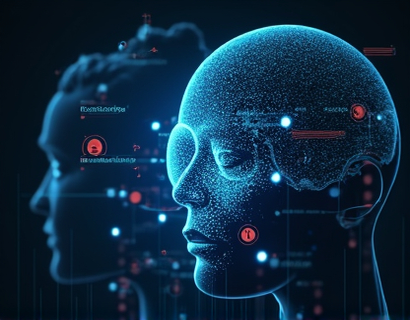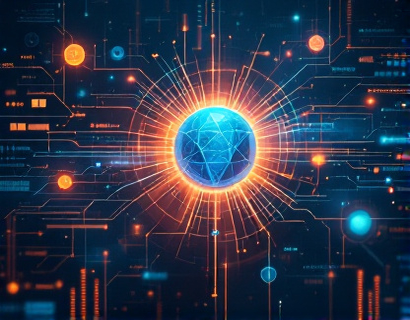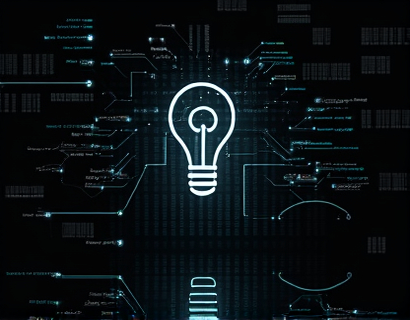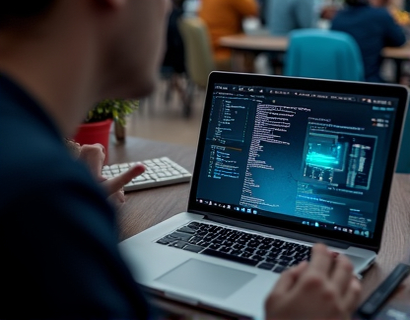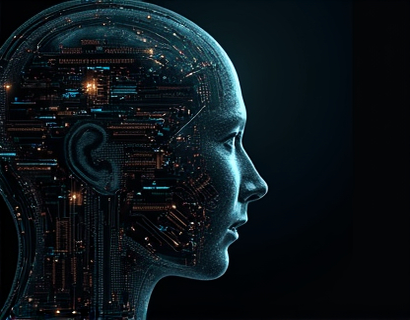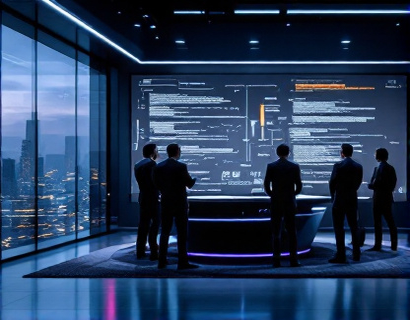Mastering Adversarial Challenges: A Guide to Strategic Conflict Resolution with AI-Assisted Solutions
In today's fast-paced and interconnected world, adversarial challenges and complex conflicts are inevitable, both in personal and professional spheres. Navigating these situations effectively requires a blend of strategic thinking, emotional intelligence, and sometimes, the right tools to assist in finding optimal solutions. This guide delves into the realm of strategic conflict resolution, focusing on how AI-assisted solutions can empower individuals to tackle adversarial challenges with greater ease and effectiveness.
Understanding Adversarial Challenges
Adversarial challenges encompass a wide range of scenarios where interests, goals, or values clash, leading to conflict. These can manifest in various forms, from workplace disputes and negotiation breakdowns to personal relationship issues and community disagreements. The common thread in all these situations is the need for a structured approach to resolve the conflict in a manner that is fair, efficient, and beneficial to all parties involved.
The Role of Strategic Thinking in Conflict Resolution
Strategic thinking is the cornerstone of effective conflict resolution. It involves analyzing the situation from multiple angles, anticipating the actions of others, and developing a plan that not only addresses immediate concerns but also considers long-term implications. Key components of strategic thinking in conflict resolution include:
- Identifying the root causes of the conflict
- Understanding the interests and needs of all parties
- Exploring a range of possible solutions
- Evaluating the potential outcomes of each option
- Selecting the best course of action based on thorough analysis
By applying strategic thinking, individuals can move beyond reactive approaches and instead, proactively shape the resolution process.
Limitations of Traditional Conflict Resolution Methods
Traditional methods of conflict resolution, such as mediation and negotiation, while valuable, often have limitations. They rely heavily on the skills and perspectives of the individuals involved, which can lead to biases and suboptimal outcomes. Additionally, these methods may not always provide the depth of analysis required for complex, high-stakes conflicts. This is where AI-assisted solutions can complement and enhance traditional approaches.
Introducing AI-Assisted Conflict Resolution
AI-assisted conflict resolution leverages the power of artificial intelligence to provide data-driven insights, personalized strategies, and objective analysis. These tools can process vast amounts of information quickly, identify patterns, and suggest solutions that might not be immediately apparent to human negotiators. The integration of AI in conflict resolution offers several advantages:
- Enhanced analytical capabilities
- Personalized recommendation systems
- Objective and unbiased perspectives
- 24/7 availability for support
- Scalability for handling multiple conflicts simultaneously
How AI Assists in Conflict Resolution
AI can assist in conflict resolution through various mechanisms, each designed to address specific aspects of the conflict:
Data Analysis and Pattern Recognition
AI systems can analyze historical data, communication patterns, and behavioral trends to identify underlying issues and predict potential outcomes. This analysis helps in understanding the dynamics of the conflict and in formulating strategies that address the root causes rather than just the symptoms.
Personalized Strategy Development
By considering the unique context of each conflict and the specific needs and preferences of the parties involved, AI can generate tailored strategies for resolution. These strategies take into account the strengths, weaknesses, and goals of each party, increasing the likelihood of a mutually beneficial outcome.
Facilitating Communication
Effective communication is crucial in resolving conflicts. AI can facilitate this by providing structured communication frameworks, suggesting key points to discuss, and even translating languages in real-time to break down barriers. AI-powered chatbots and virtual assistants can also engage in preliminary discussions to prepare the ground for more in-depth negotiations.
Mediation and Negotiation Support
In more complex scenarios, AI can act as a virtual mediator, guiding the negotiation process and ensuring that it stays on track. AI can monitor the progress of negotiations, highlight areas of agreement and disagreement, and propose compromise solutions when necessary. This support helps maintain a constructive dialogue and keeps the focus on finding a resolution.
Case Studies: AI in Action
To illustrate the practical applications of AI in conflict resolution, consider the following scenarios:
Workplace Disputes
In a corporate setting, a disagreement between departments over resource allocation can escalate into a significant conflict. An AI system analyzes past interactions, project data, and company policies to suggest a fair distribution plan. It also provides a structured framework for a joint meeting, highlighting key points to discuss and potential compromises. This approach not only resolves the immediate issue but also strengthens inter-departmental relations.
Community Conflicts
In a community facing a dispute over land use, AI can process extensive data on environmental impact, economic benefits, and community feedback. It generates a comprehensive report that outlines various options, each with its pros and cons. This report serves as a foundation for community discussions, helping residents and officials reach a consensus that balances different interests.
Integrating AI with Human Expertise
While AI offers powerful tools for conflict resolution, it is essential to recognize the value of human expertise and emotional intelligence. AI should be seen as a complement to, rather than a replacement for, skilled mediators and negotiators. The combination of AI-driven insights and human empathy can lead to more effective and sustainable resolutions.
Professionals can leverage AI to enhance their skills by gaining deeper insights into conflict dynamics, identifying blind spots, and exploring innovative solutions. This synergy between human and artificial intelligence creates a robust framework for addressing adversarial challenges.
Challenges and Considerations
Despite its potential, AI-assisted conflict resolution is not without challenges. Some key considerations include:
- Data privacy and security
- Ensuring the AI system's impartiality and lack of bias
- The need for human oversight to interpret and apply AI recommendations appropriately
- The importance of maintaining human-centric values in the resolution process
Addressing these challenges requires careful design, rigorous testing, and ongoing monitoring of AI systems to ensure they serve as effective and ethical tools in conflict resolution.
Future Trends in AI-Assisted Conflict Resolution
The field of AI-assisted conflict resolution is rapidly evolving, with several promising trends on the horizon:
Improved Emotional Intelligence
Future AI systems will likely incorporate more advanced emotional intelligence, enabling them to better understand and respond to the emotional nuances of conflict situations. This will enhance their ability to facilitate empathetic and effective communication.
Increased Personalization
AI algorithms will become more sophisticated, allowing for even more personalized recommendations based on individual preferences, past behaviors, and specific context.
Integration with Other Technologies
AI will increasingly be integrated with other technologies, such as virtual reality and augmented reality, to create immersive conflict resolution simulations and training programs.
Conclusion
Mastering adversarial challenges through strategic conflict resolution is a complex but achievable goal, especially when augmented by AI-assisted solutions. By leveraging the strengths of both human expertise and artificial intelligence, individuals can navigate conflicts with greater confidence and effectiveness. As the technology continues to advance, the potential for more peaceful and productive resolutions grows, benefiting individuals and societies alike.



